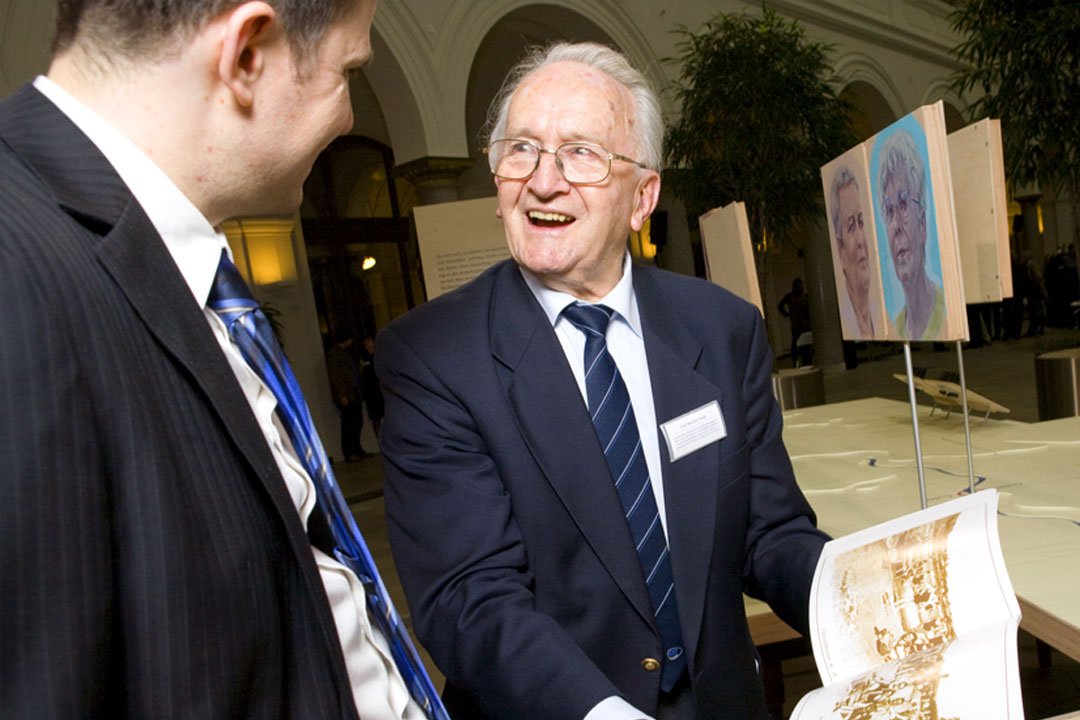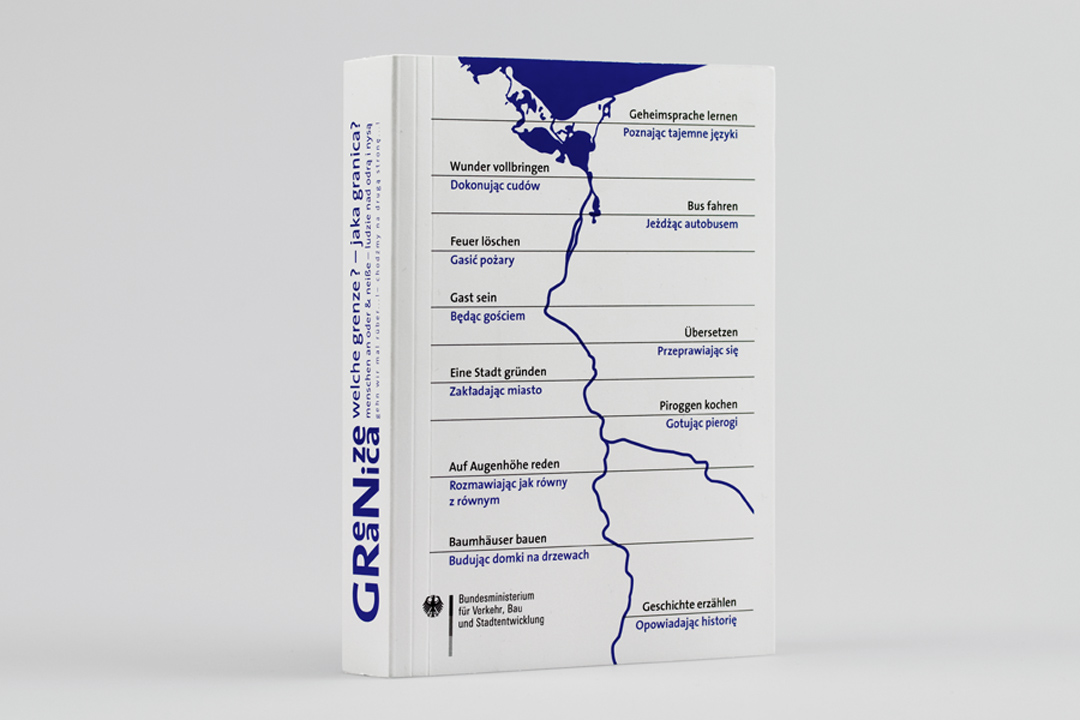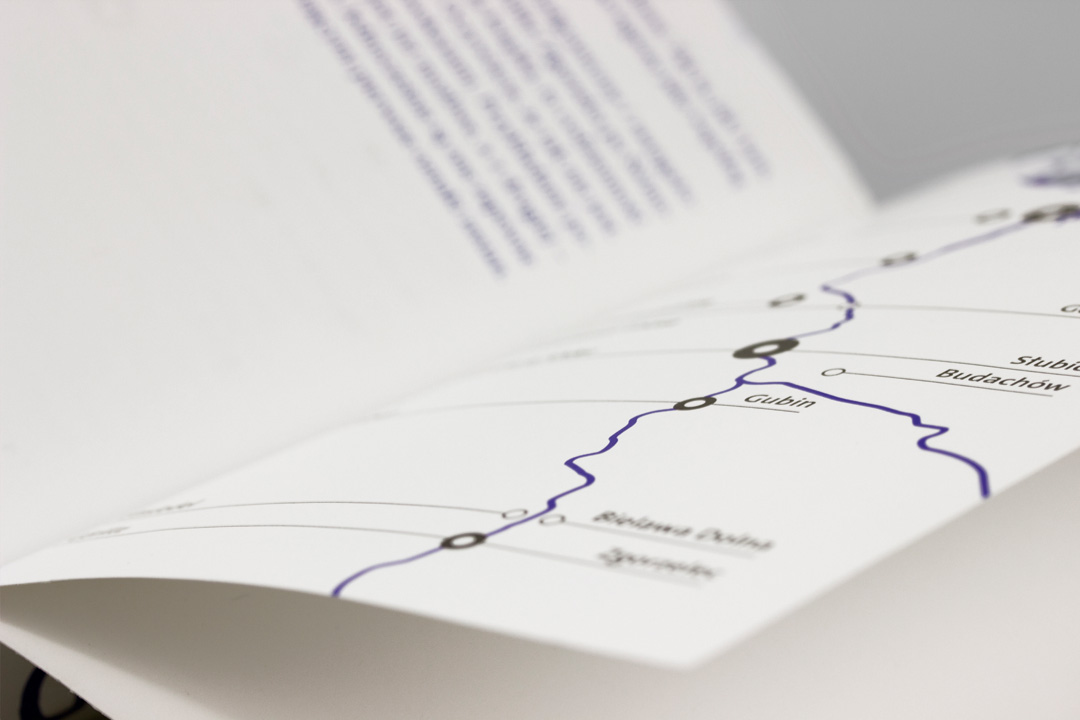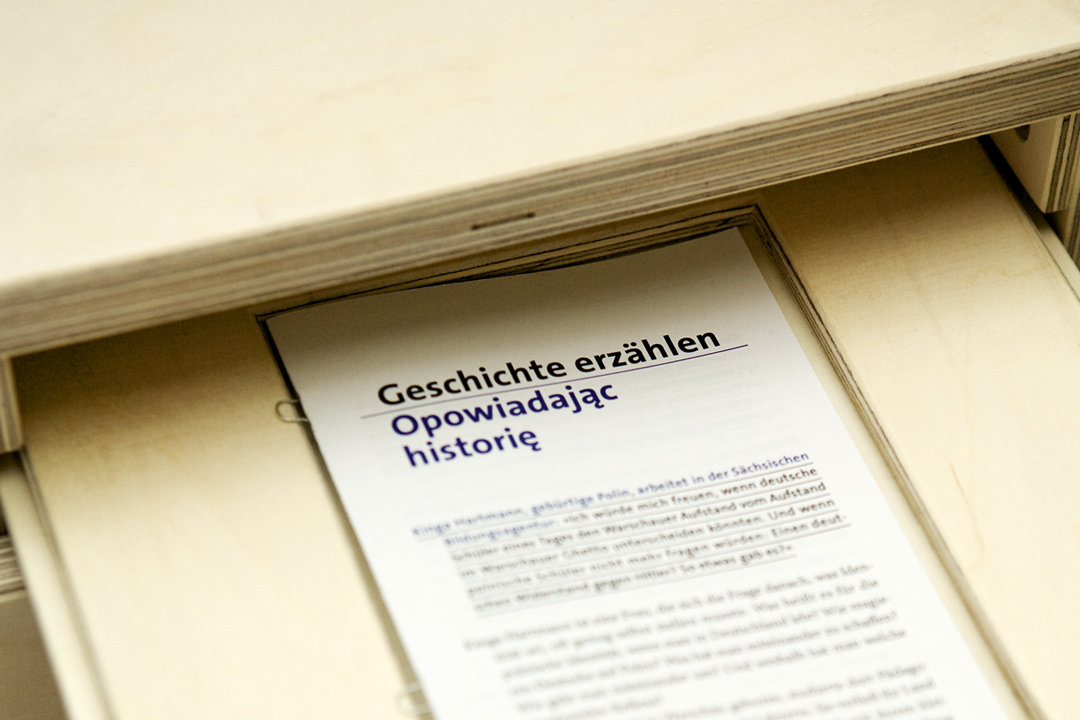Border? What Border?
In 2009 we headed out into the field on a mission from the Federal Ministry of Transport, Building and Urban Affairs. Our assignment was to research, design and organize a traveling exhibition of exemplary international projects – commercial, cultural and social – along the German-Polish border.
Federal Ministry of Transport, Building and Urban Affairs Border? What Border? 2010
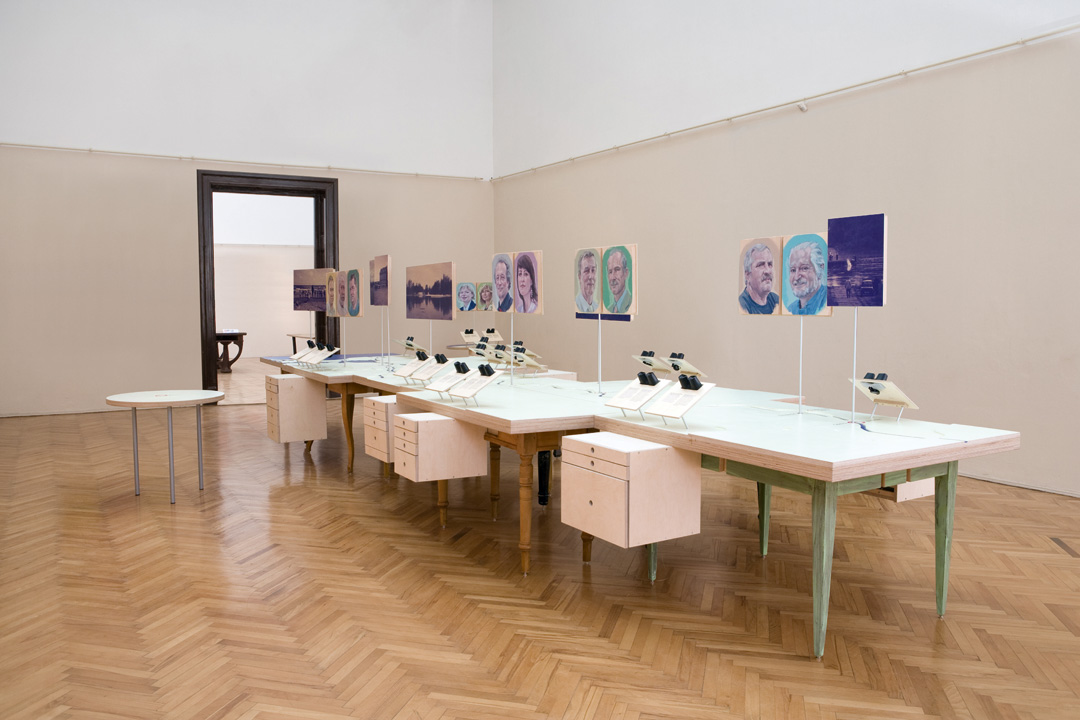
Working with students from European University Viadrina in Frankfurt (Oder), we managed to track down quite a few initiatives along the border. We visited them, wrote reports and gathered artifacts symbolizing the work each project was doing.
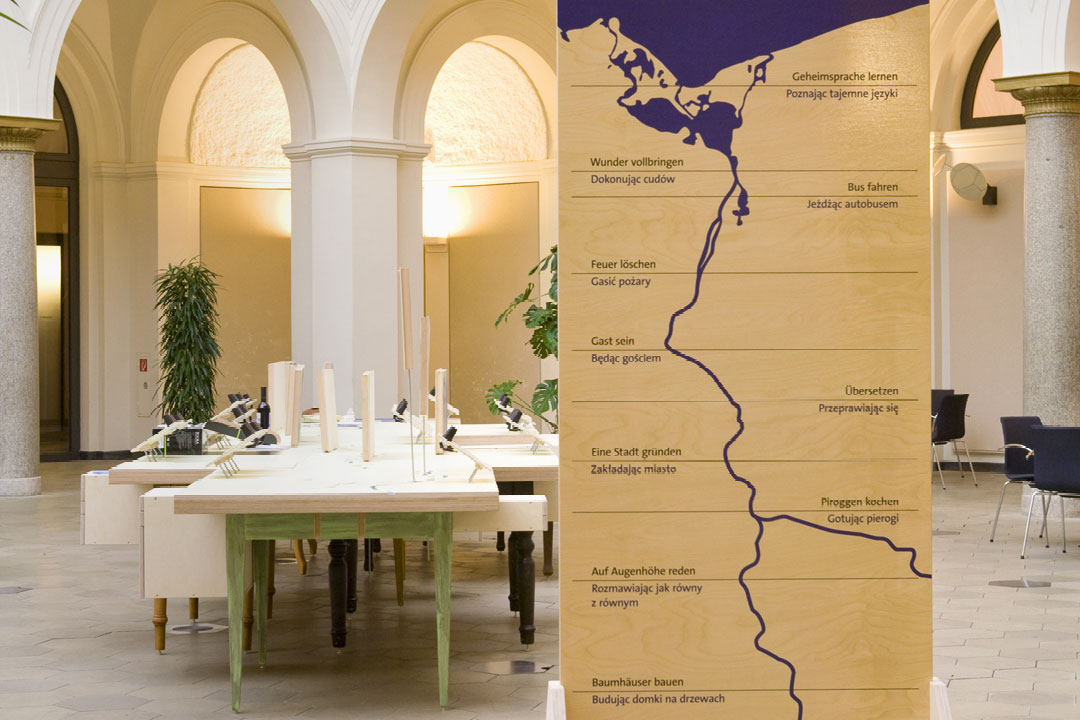
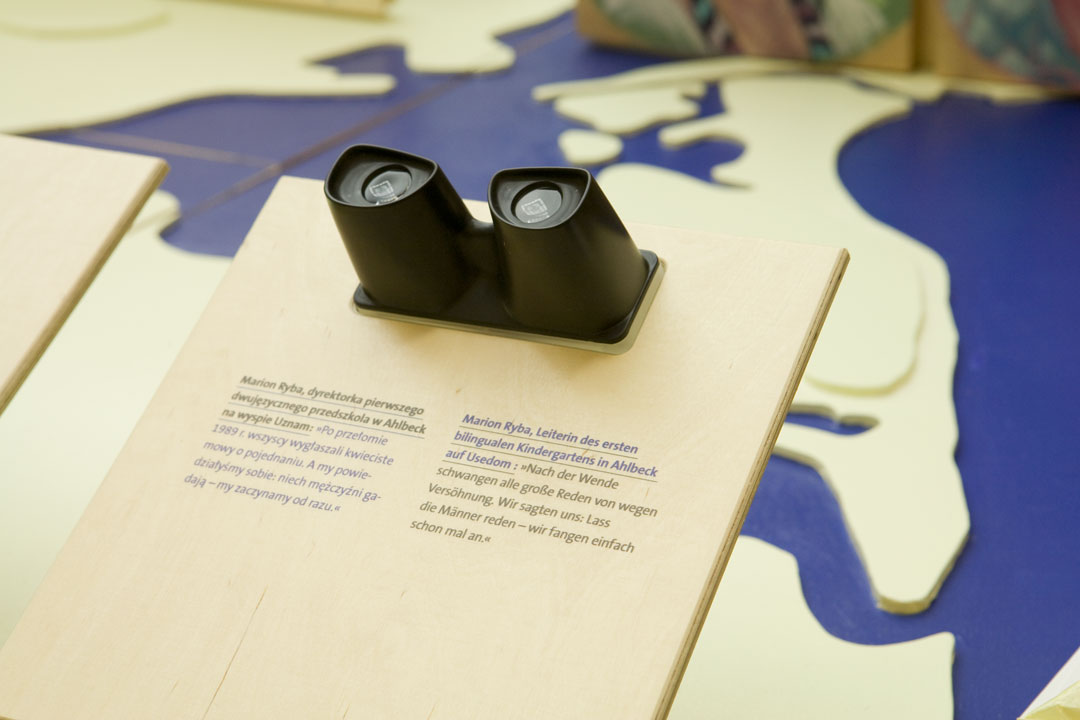
The exhibition included eleven initiatives in all, focusing on the individuals behind them. A map of the border, pieced together atop table legs in different styles from the region’s history, served to locate their stories and portraits. Separate archives in drawers underneath contained further insights and artifacts for hands-on study. The show’s modular design saved space in transit and made it easy to adapt to different exhibition spaces.
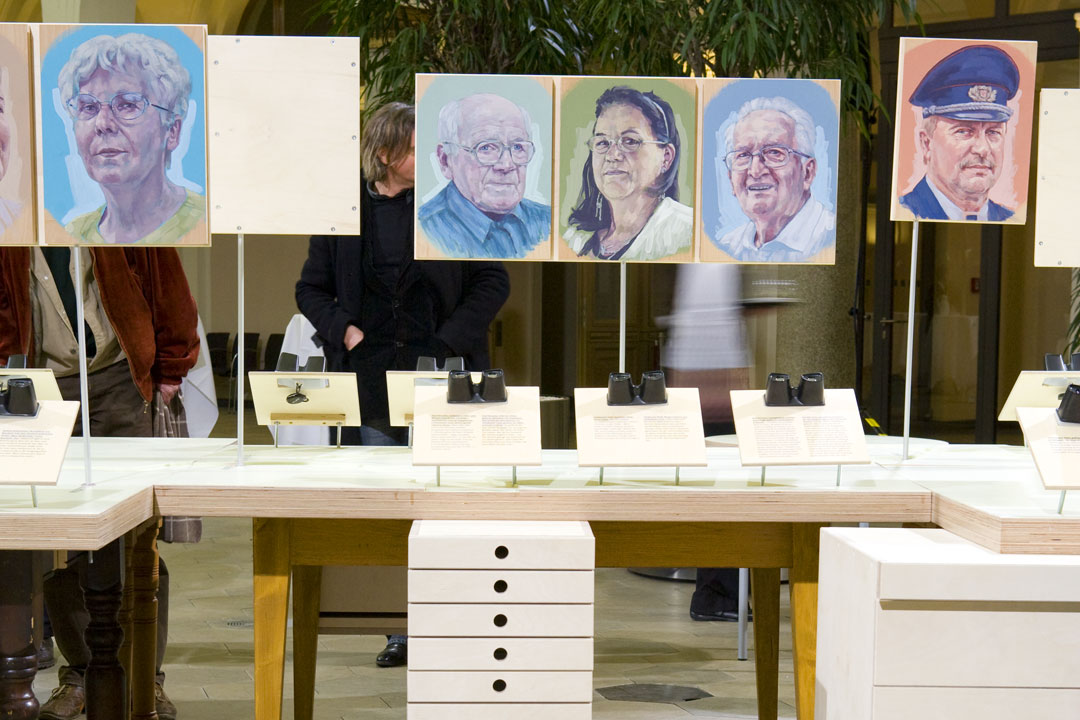
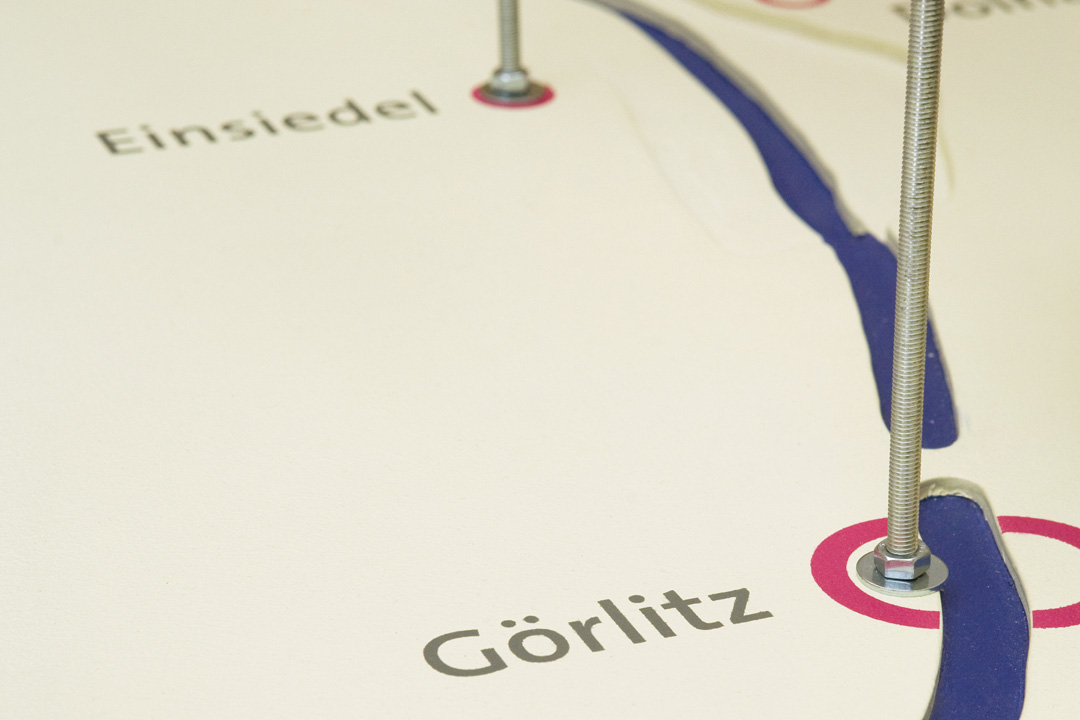
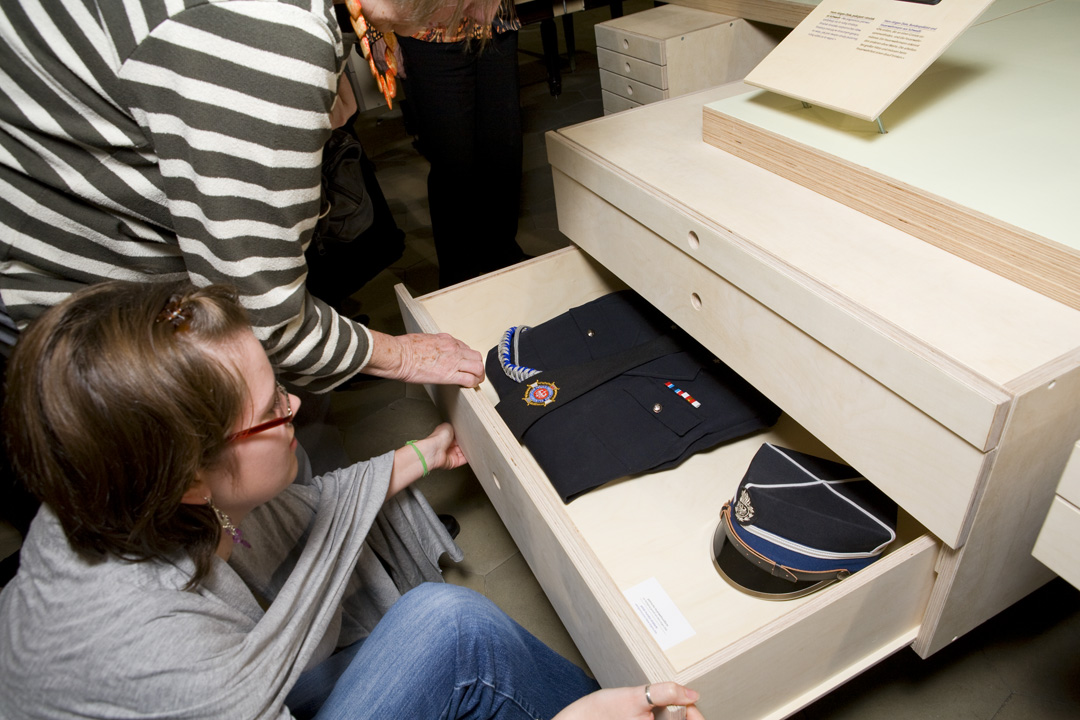
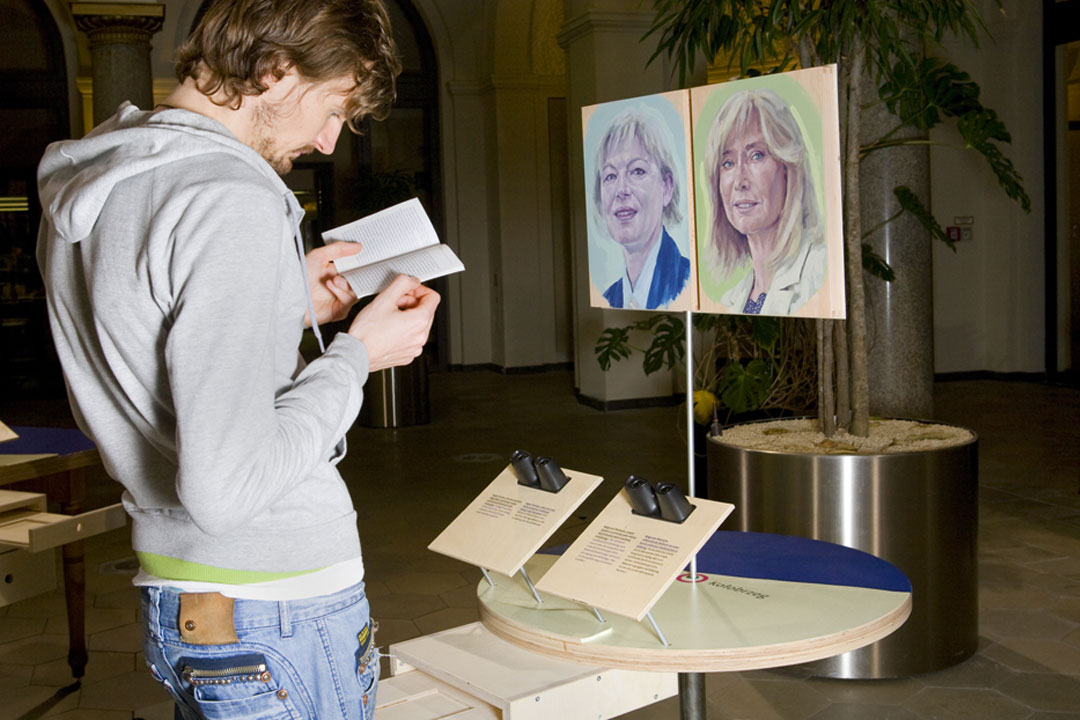
By foregrounding the projects’ protagonists and prioritizing networking and open exchange, we created a transfer of knowledge that proved beneficial not only to our clients, but also to the projects’ organizers. The exhibition was accompanied by a bilingual catalog that combined the show’s portraits, photos and texts into a compact report on the German-Polish border.
